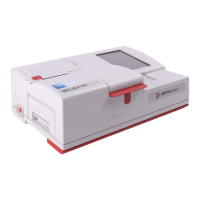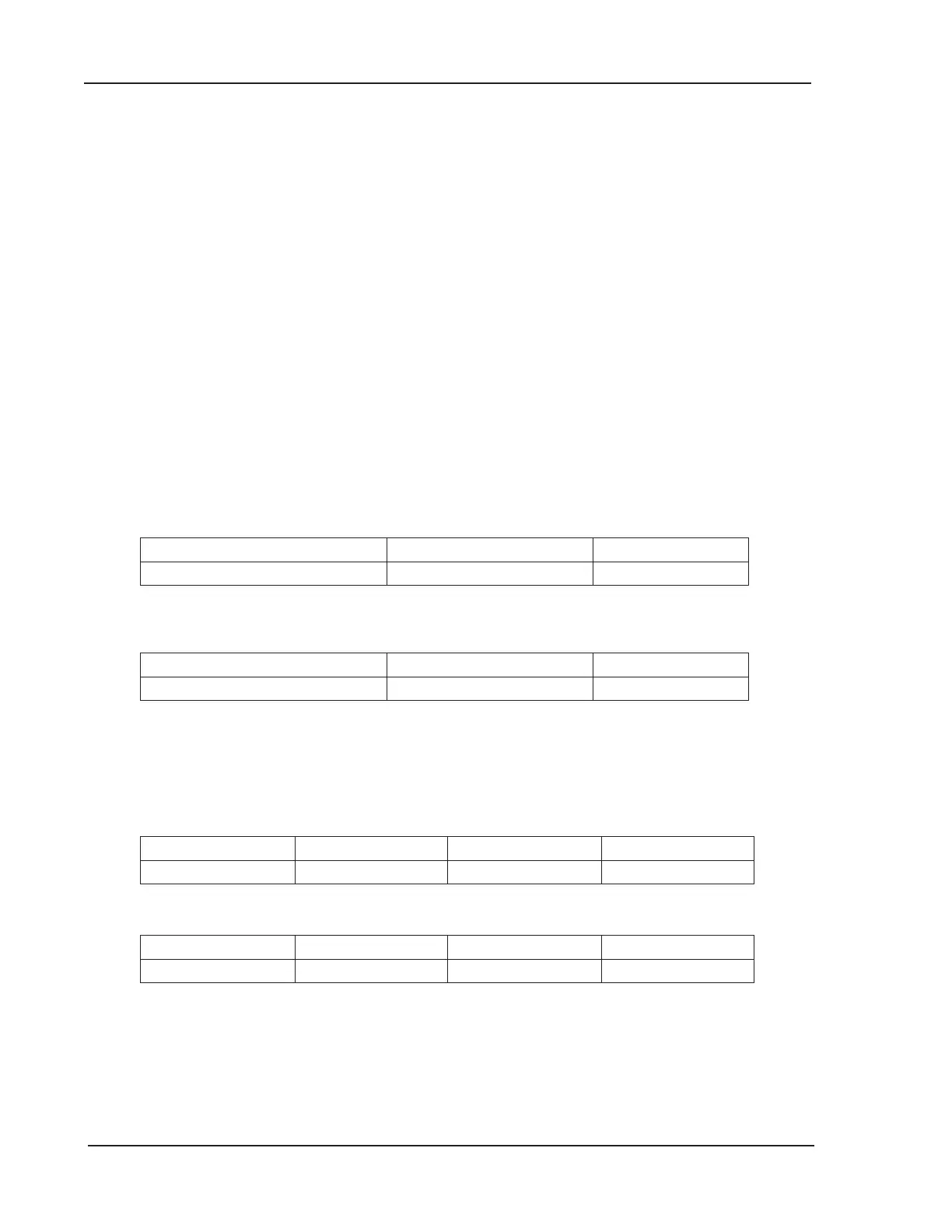THB/SO2-2 Operator’s Manual – OPTI CCA-TS2
tHb/SO
2
ANALYTES
Measurement Principle
The measurement of total Hemoglobin (ctHb) and oxygen saturation (SO
2
) uses the well-established
principle of optical reectance. Red and infrared light at three wavelengths is directed at whole, non-
hemolyzed blood within a precisely-dened part of the cassette over the O
2
optode. The photons are
partially absorbed and reected by erythrocytes in a manner proportional to hemoglobin level; at low
hemoglobin levels the unabsorbed photons strike the O
2
optode’s pink overcoat and are reected back
up through the blood a second time. A portion of the reected light exits the top of the cassette and is
measured by a detector in the instrument. The infrared wavelengths are selected for the hemoglobin
measurement because they are largely independent of SO
2
, that is, the predominate forms of adult and
fetal hemoglobin absorb similarly within the 750-850 nm wavelength range. The red wavelength is
utilized for the SO
2
measurement because it is much more strongly absorbed by deoxyhemoglobin than
all other hemoglobins, and it is picked close to the isosbestic point for oxy- and carboxyhemoglobin.
Sensitivity to erythrocyte aggregation (rouleaux formation) is minimized by maintaining high shear force
just prior to measurement (see Interferences below).
Measurement Range
tHb
Range Resolution (Low/High) Units
5 to 25 0.1/0.1 g/dL
SO
2
Range Resolution (Low/High) Units
60 to 100 1/0.1 %
Standard Reference Cassette (SRC) Limit Values
tHb
LOW NORMAL HIGH Units
20.0 ± 1.5 14.0 ± 1.5 8.0 ± 1.5 g/dL
SO
2
LOW NORMAL HIGH Units
70.0 ± 2.0 90.0 ± 2.0 98.0 ± 2.0 %

